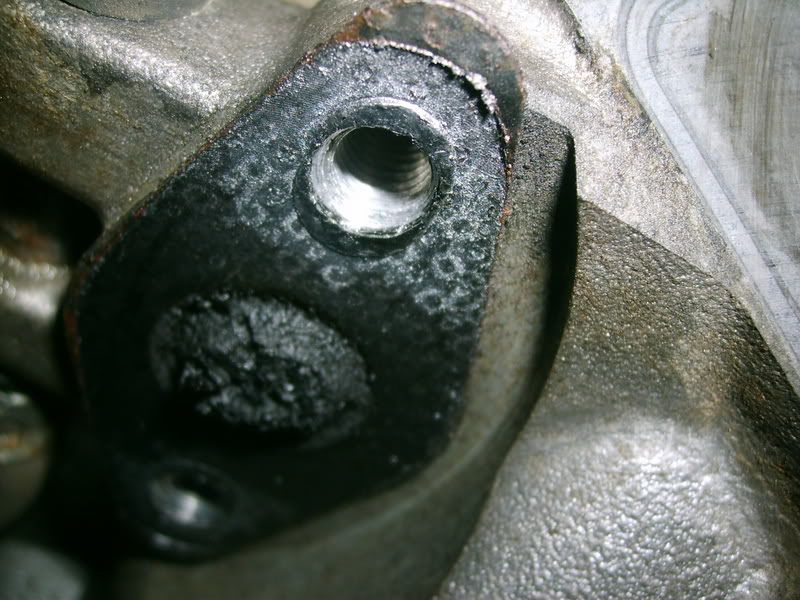Originally Posted By: Shannow
Joe,
a couple of data points while I process...
* EGR was early applied on petrol engines to reduce NOx on those carburettered at part throttle...usually had some strange pneumatic interlocks that wouldn't apply it until engine was at temperature (and usually locked out vacuum advance until top gear enabled as well).
* Recall Monash University in the '80s trying to replace a Camira engine with an OPEL 1.3, high boost turbo, and controlling using EGR, and the vacuum slide/guts of an S.U. carby to avoid throttling losses...worked OK, but when it didn't ... Bang, it destroyed pistons...we've come a long way with electronics.
* My ex Navara, with the ZD30 turbodiesel had two intake valves per cylinder, one high swirl, with EGR, the other for volume air flow, no EGR...a little butterfly closed the high volume ports, and a main butterfly partially choked the engine to get the EGR to flow (differential pressure)...the inlet manifold on those engines is incredibly wet with oil...the High swirl port was invariably black with carbon, or worse...no inlet valve deposits on the wet but clean port, deposits on the wet/dirty/egr port.
* AUDI had a patent (and I can't find it) that modified the chemistry of the oil to prevent (and remove) Intake Valve deposits. The inference was that it cleaned them, rather than (for example) lowering NOACK to reduce carry through.
This is what I mean on the ZD30 ports...not mine, I blew away the photos when I sold it.

Mine was a black paint like sheen, not the fluffy crusty stuff...Car spent most of it's life on synthetics (Castrol/Mobil 0W40), followed by 5W40s (Castrol and Mobil GrIIIs), then Edge 5W30 A3/B4 with a 20% edge 25W50 booster...just for reference.
Yes, EGR had been standard in gasoline engines long before it became common in HD diesel engines in the 2000s during the API CI-4/CJ-4/low-sulfur-fuel transition. Both the gasoline and diesel versions of my 1985 Corolla has EGR.
With regard to the problem that you encountered, in diesel exhaust you get so much soot and other junk that I wouldn't even worry about oil-burn-off components.
Again, it looks like the clogging happens when the exhaust gas suddenly expands and therefore adiabatically cools off exiting the EGR-valve port. It was entirely contained within the EGR-valve port in my case and nothing got through the intake manifold hole where it is attached to. There was also nothing the EGR pipe because that stays hot.
It usually seems to happen quite fast if it happens and probably indicates some engine malfunction or tuneup issue than anything else (oil, NOACK, additives, etc.). With diesel I would guess it's much more common given how dirty these engines run.








